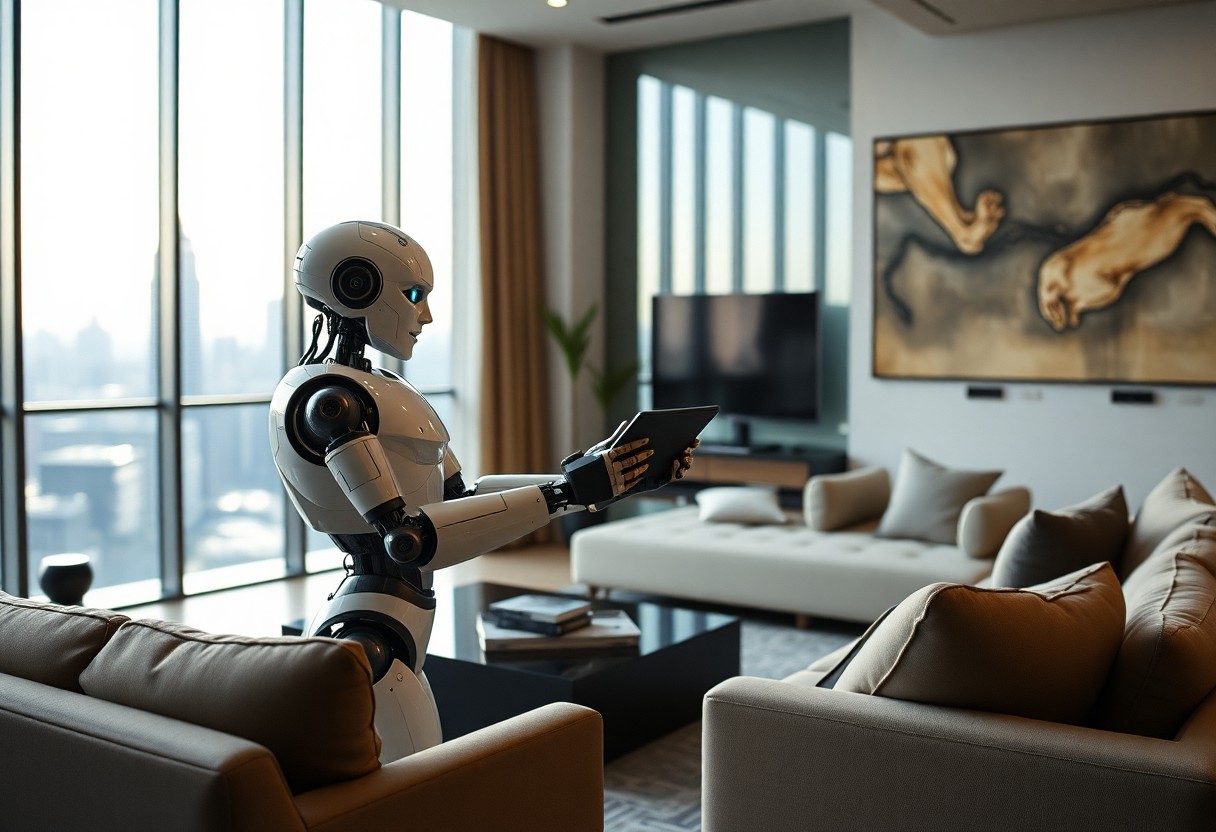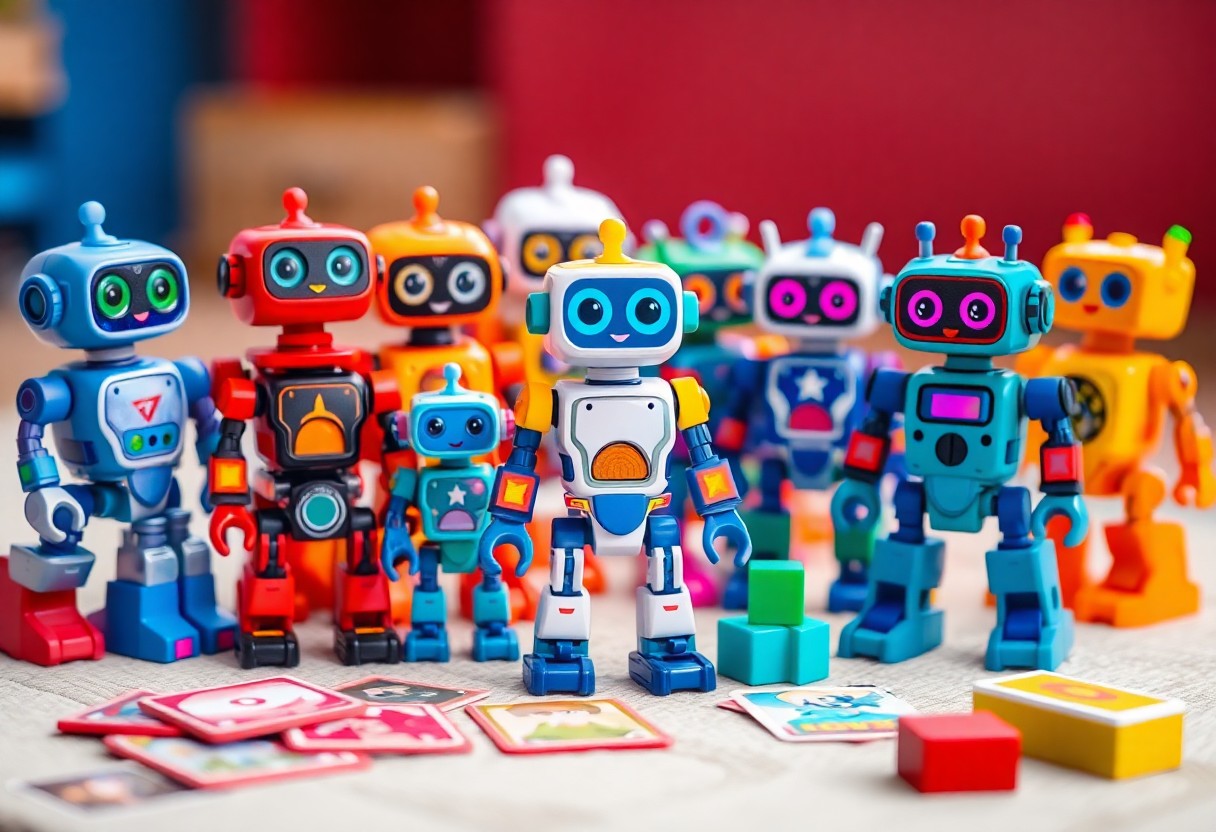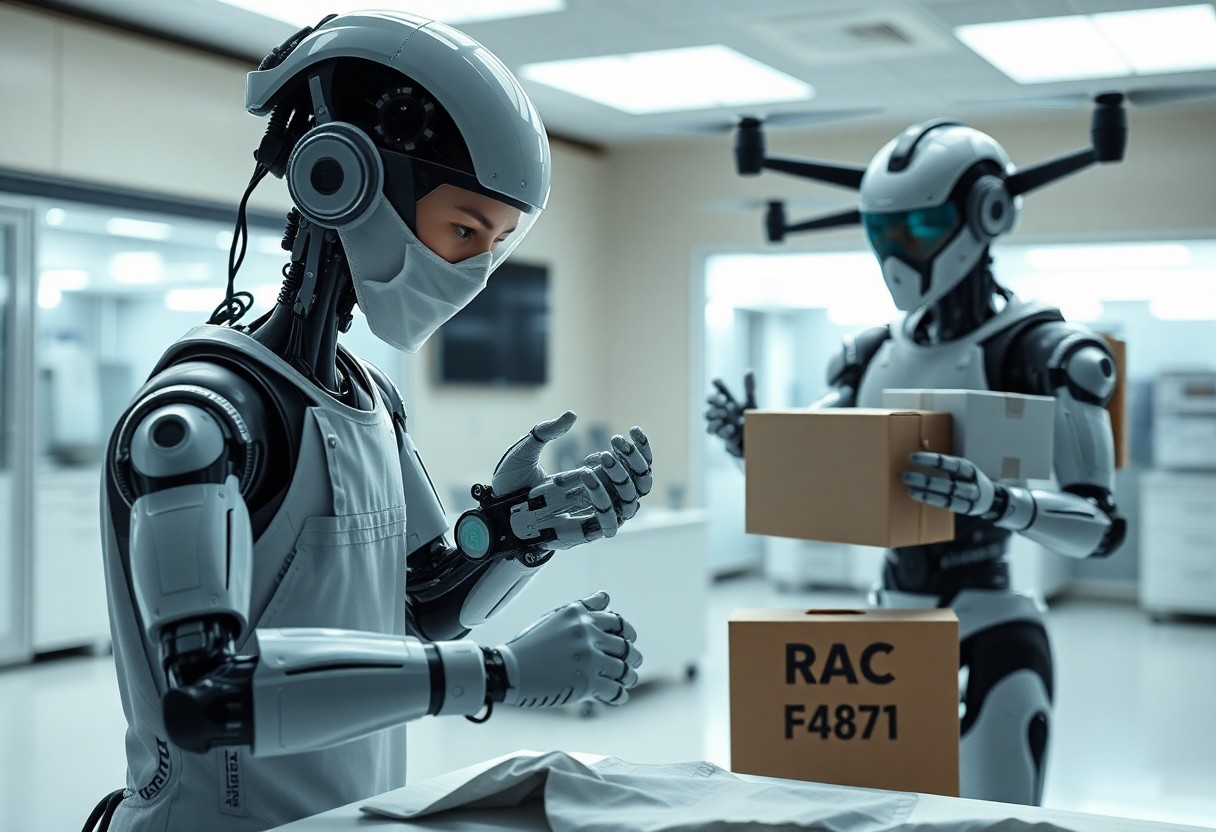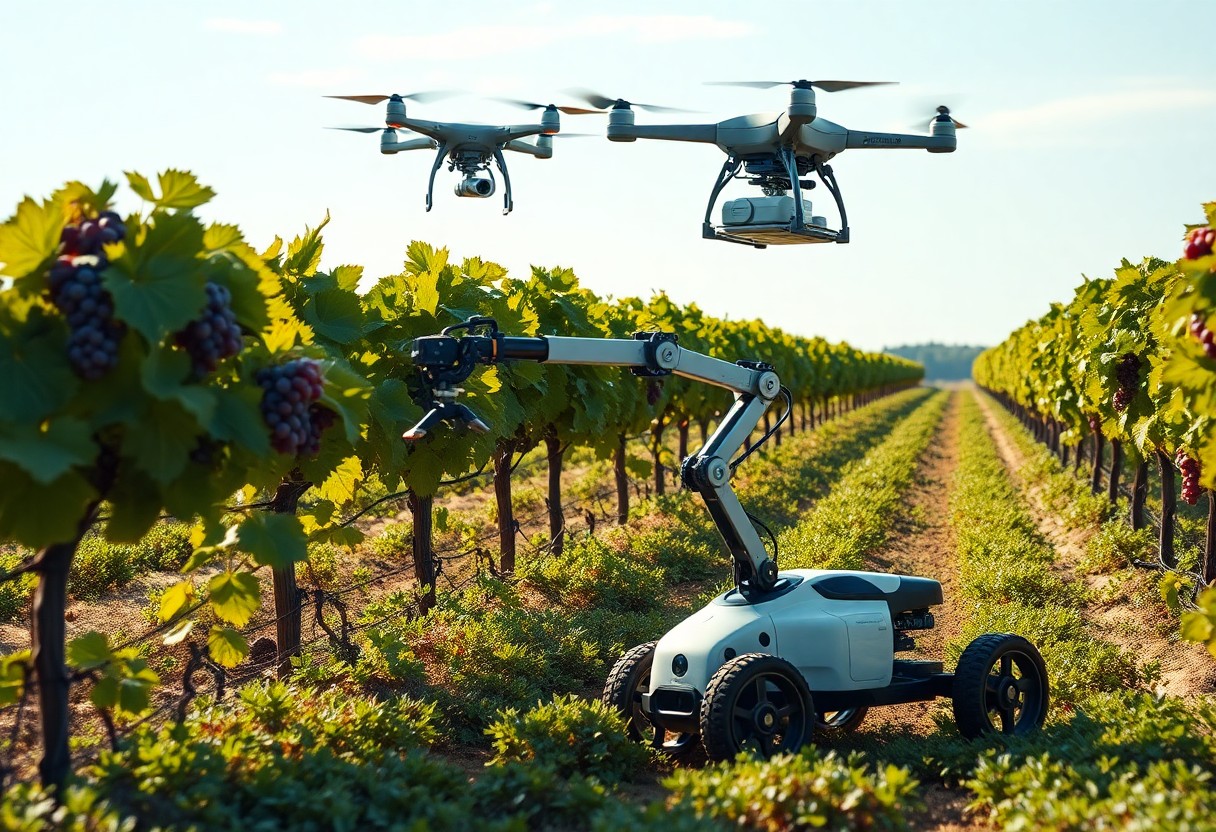There’s an exciting evolution underway in the way you interact with robots, as advancements in artificial intelligence and robotics are reshaping your daily experiences. As these technologies become increasingly integrated into various aspects of life—from home automation to healthcare—understanding the implications and potentials of human-robot interaction becomes crucial for you. This blog post explores the transformative trends and innovations that will define the future of your relationship with robots, ensuring you’re well-informed as these changes unfold.
Redefining Social Norms: The Evolving Role of Robots in Daily Life
Your relationship with robots is transforming as they become integral to daily activities, from household chores to companionship. No longer viewed solely as machines, they are increasingly perceived as partners in enhancing quality of life. This shift challenges traditional social norms and prompts discussions about privacy, ethical use, and the nature of community. As robots infiltrate various aspects of your routine, their roles expand, raising questions about collaboration and coexistence.
Robots as Companions: From Fiction to Reality
The notion of robots as companions has transitioned from literary imagination to tangible existence in your life. While early depictions in novels and films hinted at the potential for emotional connection, advancements in AI now allow robots to serve as friends, helpers, and emotional support. This evolution blurs the lines between technology and companionship, creating new dynamics in how you engage with both.
Navigating Human Emotions: The Emotional Intelligence of Robots
Emotional intelligence in robots is emerging as a key feature, enabling them to understand and respond to your feelings effectively. They use sophisticated algorithms and sensor technology to detect emotional cues, allowing for tailored interactions that resonate with your state of mind. This capability fosters a sense of bond and understanding, transforming robots from simple tools into empathetic partners.
Examples of emotionally intelligent robots include social care bots developed for elderly companionship, such as Paro, the therapeutic seal robot that responds to touch and voice. Research shows that interactions with emotionally responsive robots can reduce loneliness and anxiety, enhancing overall well-being. These technologies employ facial recognition and natural language processing to identify emotional states and adapt their behavior accordingly, fostering connections that you might not have expected from machines. As these capabilities evolve, they challenge preconceived notions of relationships, prompting you to reconsider what companionship means in a world increasingly filled with artificial beings.
The Tech Behind the Magic: Innovations Driving Interaction
Innovations in human-robot interaction are fueled by cutting-edge technologies that enhance connectivity and understanding. You’re witnessing remarkable advancements that allow robots to not only perform tasks but also to engage socially and emotionally. This evolving tech landscape is laying the groundwork for robots that can better integrate into your daily life, offering companionship and assistance tailored to your needs.
Advancements in AI: How Machines Are Learning to Communicate
AI advancements are enabling machines to understand natural language, recognize emotions, and respond in ways that feel more human-like. Through sophisticated algorithms and vast datasets, you experience conversations with robots that evoke empathy and understanding, bridging the gap between human interactions and machine responses.
Sensor Technology: Enhancing Perception and Responsiveness
Sensor technology is transforming robots into acute observers of their environments, allowing them to react and adapt to your presence. These advancements enable robots to navigate obstacles, detect emotional cues, and predict your needs by interpreting various sensory inputs.
The integration of advanced sensor technology has propelled robots beyond mere mechanical functions to entities that genuinely understand their surroundings. Utilizing cameras, microphones, and tactile sensors, robots can gather data at remarkable speeds, allowing for real-time processing and interaction. For example, depth sensors enable precise recognition of human gestures and facial expressions, while audio sensors can differentiate between tones and volumes, enhancing social cues. These innovations facilitate smoother interactions, allowing robots not only to respond appropriately but also to anticipate your needs, fundamentally enhancing the quality of your experiences together.
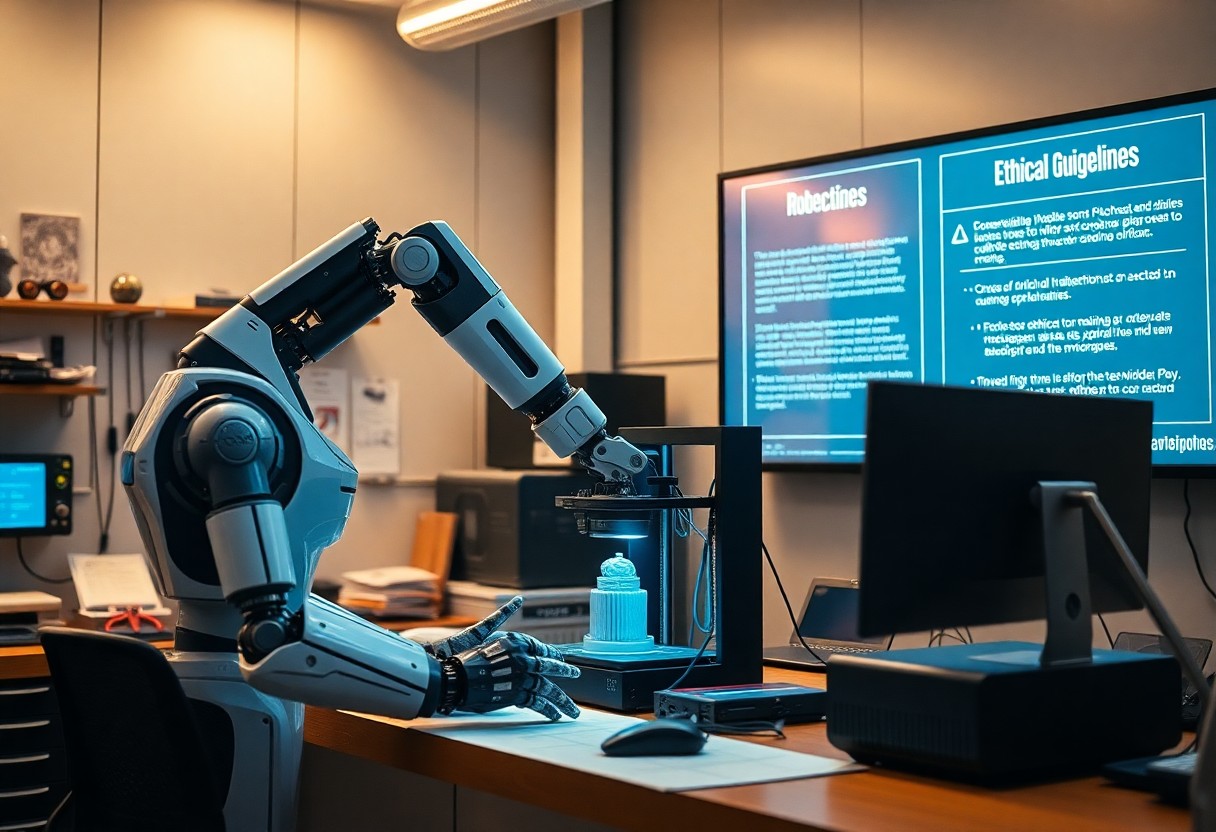
Ethical Dilemmas: Balancing Innovation with Responsibility
As robots become more advanced, grappling with the ethical implications of their use becomes imperative. Incremental innovations may yield remarkable efficiencies, but they also present dilemmas regarding accountability, decision-making, and the potential for bias. Striking a balance between the benefits of automation and the ethical responsibilities of developers and society at large is imperative. Decisions made today will shape the impact of tomorrow’s robotic technologies, necessitating careful consideration and comprehensive frameworks to guide development responsibly.
The Moral Implications of Robot Autonomy
The rise of autonomous robots challenges traditional concepts of morality and accountability. When robots are programmed to make decisions, you must consider who is responsible for their actions. As robots gain the ability to operate independently—whether in healthcare or autonomous vehicles—the potential for ethical missteps escalates. Questions arise about how to ensure they align with human values and the extent to which humans remain accountable for actions taken by machines.
Privacy Concerns in a Robot-Integrated Society
As robots increasingly populate your environment, privacy risks intensify. The ability of robots to gather, analyze, and store personal data raises significant concerns about surveillance and consent. With interconnected systems often operating without clear user knowledge, breaches of privacy become commonplace, prompting the necessity for strict regulations. Understanding how data is used, who can access it, and the mechanisms for safeguarding personal information is vital in navigating this new robotic landscape.
In a robot-integrated society, personal data collection is not just a possibility; it’s often a standard practice. For instance, delivery drones or smart home assistants can track your routines and preferences, merging this data into larger databases. A study found that 85% of consumers express concern over how their data is handled by technology firms. As your interactions with robots deepen, establishing robust privacy policies and transparent practices becomes imperative. Without these safeguards, loss of control over personal information could lead to manipulation and significant societal repercussions, emphasizing the need for vigilant oversight in a rapidly advancing technological landscape.
Workplaces Reimagined: The Human-Robot Team Dynamic
As robots integrate into the workplace, the dynamic between humans and machines transforms collaboration, enhancing efficiency while redefining roles. In this new environment, robots handle repetitive tasks, allowing you to focus on complex decision-making and creativity. Emphasis on human-robot teamwork fosters innovation and improves job satisfaction, changing the way you interact with technology for better outcomes.
Shifting Job Landscapes: Opportunities and Challenges
The integration of robots in the workplace creates both opportunities and challenges for you. While some tasks may become obsolete, new positions emerge in robot maintenance, programming, and oversight. This shift prompts continuous learning and adaptation, enabling you to enhance your skills in line with evolving job requirements, although it may also require you to navigate potential job displacement.
Productivity vs. Collaboration: Finding the Right Balance
Striking the right balance between productivity and collaboration is necessary for effective human-robot teamwork. When robots take over mundane tasks, it enhances productivity, yet collaboration can be compromised if you rely too heavily on technology. Establishing protocols that encourage interaction between you and robots fosters an environment where both efficiency and creativity thrive, benefiting overall workplace dynamics.
Finding this balance involves understanding the specific strengths of both you and your robotic counterparts. For instance, while robots excel in data analysis and execution of repetitive tasks, your ability to think critically and innovate is irreplaceable. Implementing systems where robots assist you without undermining your judgment enhances productivity while promoting collaboration. Real-world examples, such as in manufacturing, show that companies achieving this balance report higher job satisfaction and improved outputs, proving that effective teamwork with robots can redefine workplace success.
Envisioning Tomorrow: The Future Landscape of Interaction
The future landscape of human-robot interaction is poised for significant transformation, characterized by seamless integration into everyday environments. As robots become more adept at understanding context and human emotions, your interactions will evolve to be more intuitive and personalized. This shift will foster collaboration in sectors ranging from healthcare to education, where robots will not only assist but also enhance your experiences, transforming the role they play in society and daily life.
Predicting Trends: The Next Decade in Human-Robot Relations
Preparing for Change: Skills and Mindsets for New Interactions
As robots become more prevalent, you will need to cultivate skills that enhance your interactions with them. Emotional intelligence, adaptability, and technological fluency will be vital in navigating this landscape. Embracing a mindset of lifelong learning will empower you to leverage these innovations effectively, ensuring that your relationship with robots evolves positively. Preparing for this shift involves not only acquiring technical skills but also fostering an openness to new forms of collaboration.
Developing your emotional intelligence will be particularly valuable as robots increasingly engage in social contexts, requiring you to recognize and respond to their cues. Adaptability will help you navigate the learning curves associated with new technologies, allowing you to modify your approach to different robotic systems. Regularly updating your technological skills ensures you remain competent and confident in interacting with advanced AI. Embracing these competencies equips you to thrive in a future where human and robot collaborations are commonplace, ultimately enhancing both personal and professional experiences.
Summing up
Upon reflecting, you can see that the future of human-robot interaction will be shaped by advancements in artificial intelligence, user-centered design, and ethical considerations. As robots become more integrated into everyday life, your ability to communicate and collaborate with these machines will greatly enhance productivity and quality of life. Staying informed about these developments will empower you to engage harmoniously with robotic systems, ensuring they serve your needs effectively and responsibly in an increasingly automated world.

